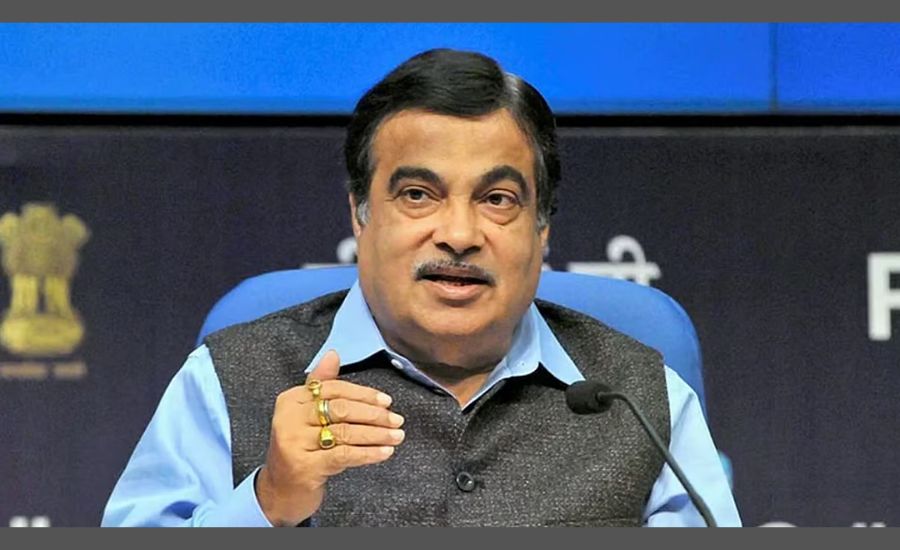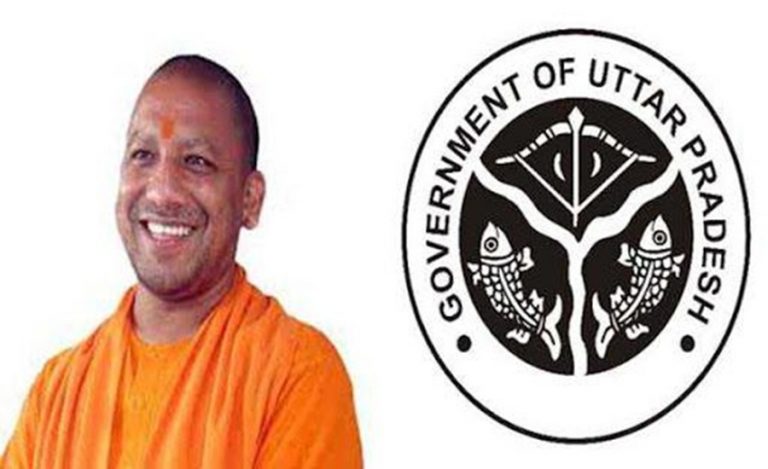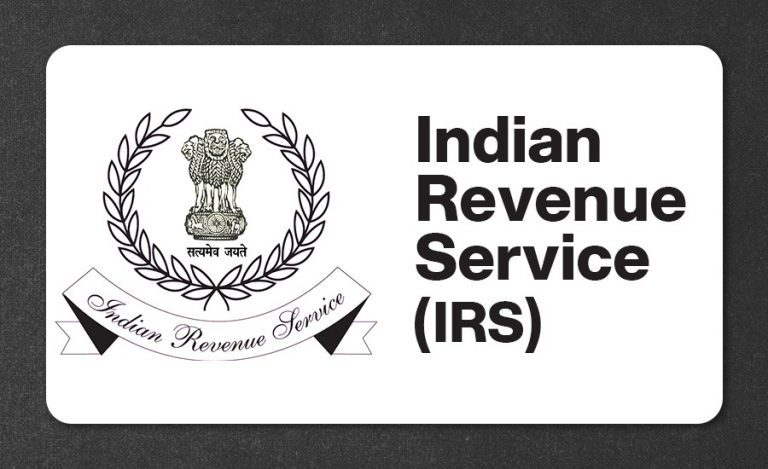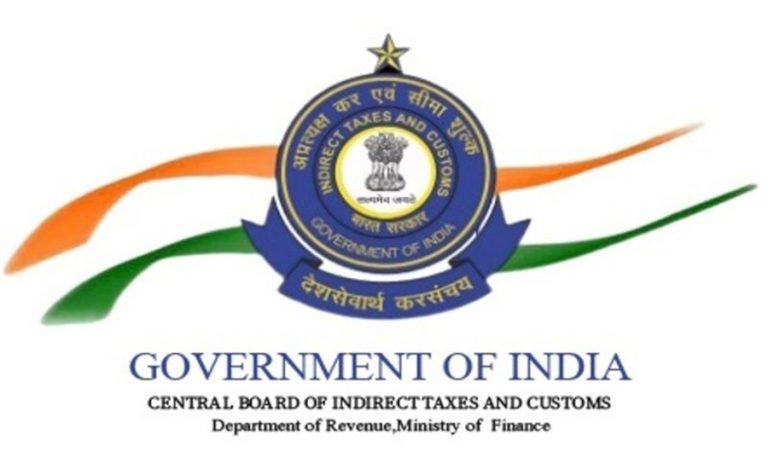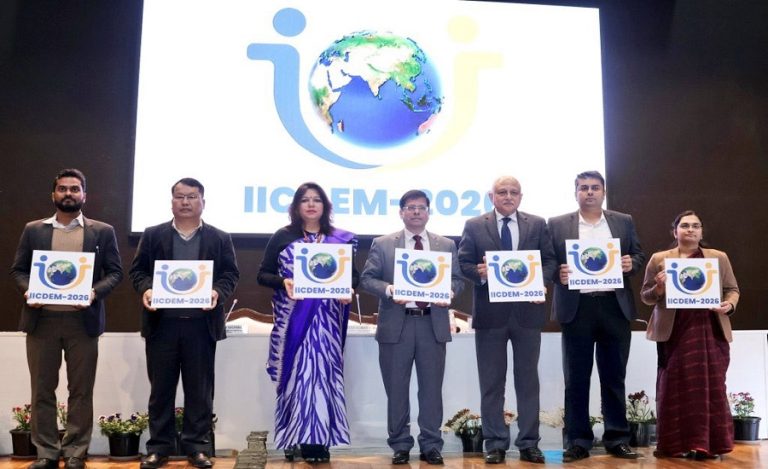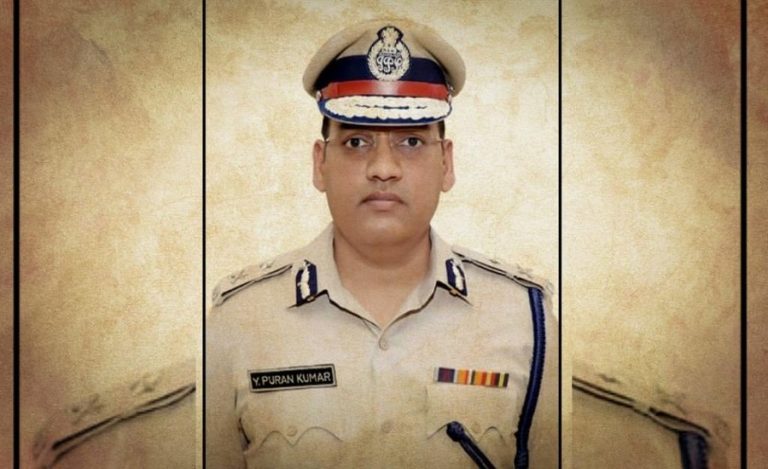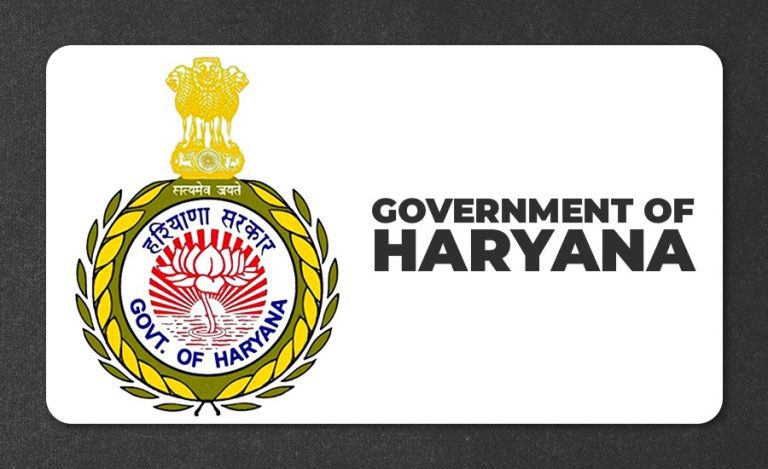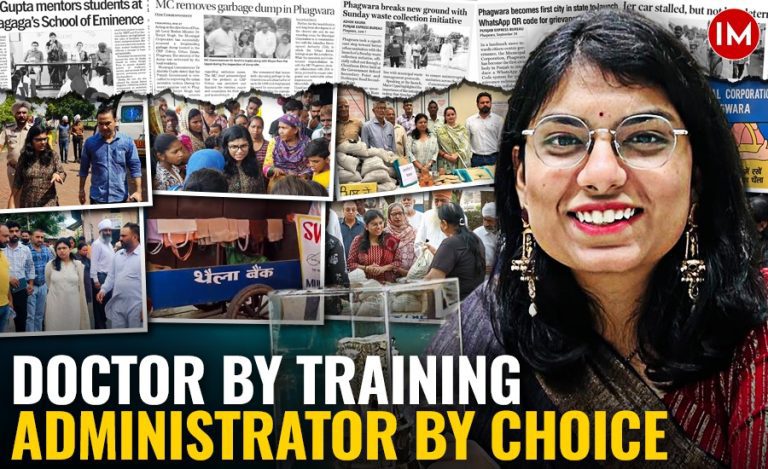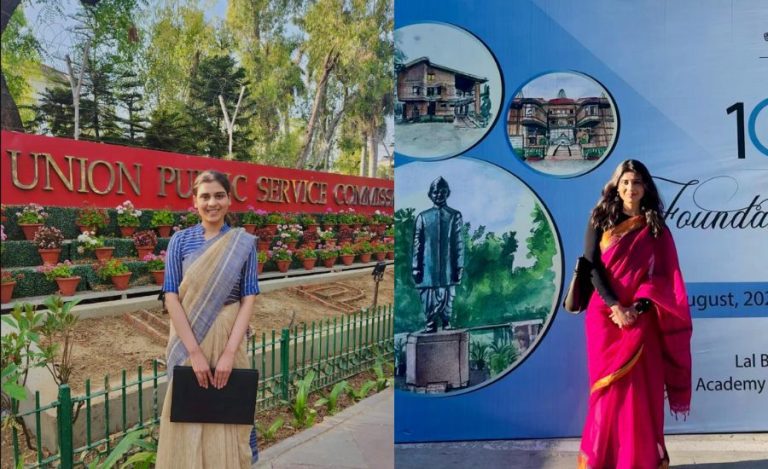New Delhi – In a stark reminder of India’s ongoing road safety crisis, Union Road Transport and Highways Minister Nitin Gadkari informed the Rajya Sabha that 26,770 people lost their lives in road accidents on National Highways (NHs) during the first six months of 2025.
The minister was responding to a written query in Parliament on Wednesday, revealing that a total of 52,609 fatal accidents occurred on National Highways across India in 2024 alone.
Advanced Technology for Safer Roads
To address the alarming number of fatalities, Gadkari stated that the National Highways Authority of India (NHAI) has deployed the Advanced Traffic Management System (ATMS) on high-density corridors and expressways. These include:
- Delhi–Meerut Expressway
- Trans-Haryana Expressway
- Eastern Peripheral Expressway
- Delhi–Mumbai Expressway
The ATMS integrates various electronic enforcement tools to detect incidents in real time and enhance emergency response efficiency. The system aims to monitor traffic, enforce road discipline, and reduce response time for on-site assistance.
“ATMS helps in speedy identification of incidents on highway stretches and effectively monitors highways, thereby improving the response time of the on-site assistance,” Gadkari stated.
Road Safety Audits Intensified
In response to another question, Gadkari shared that the ministry has conducted road safety audits on 1,12,561 km of National Highways over the past three years. These audits are crucial for identifying accident-prone areas (“black spots”) and recommending design and engineering improvements.
He added that ATMS is now being made a standard feature in new high-speed and high-density highway projects, and is also being rolled out as standalone upgrades on existing, critical road corridors.
Background
India has one of the highest road accident fatality rates globally. Although National Highways constitute only about 2% of India’s total road network, they account for over 30% of total road deaths, underscoring the need for enhanced enforcement and engineering interventions on these busy corridors.
The Ministry of Road Transport and Highways has been pursuing a multi-pronged strategy involving infrastructure upgrades, public awareness, stricter enforcement, and technology integration to reduce road crashes and save lives.

